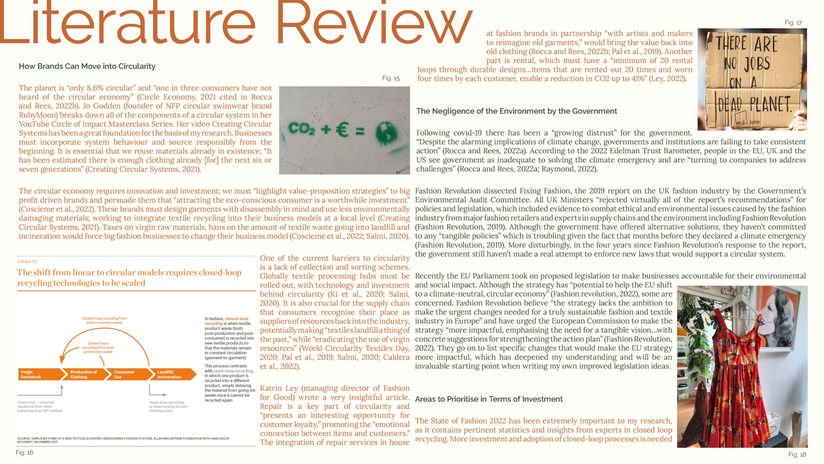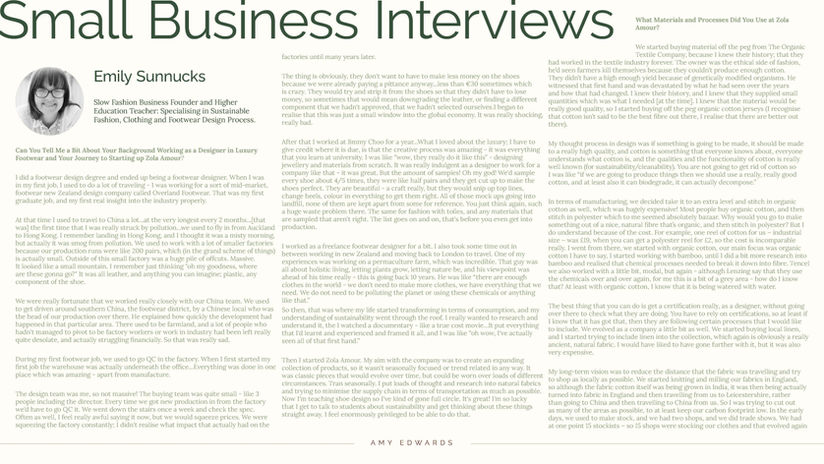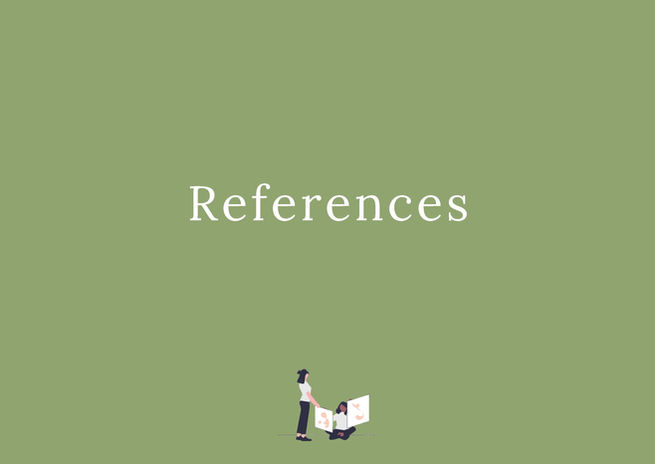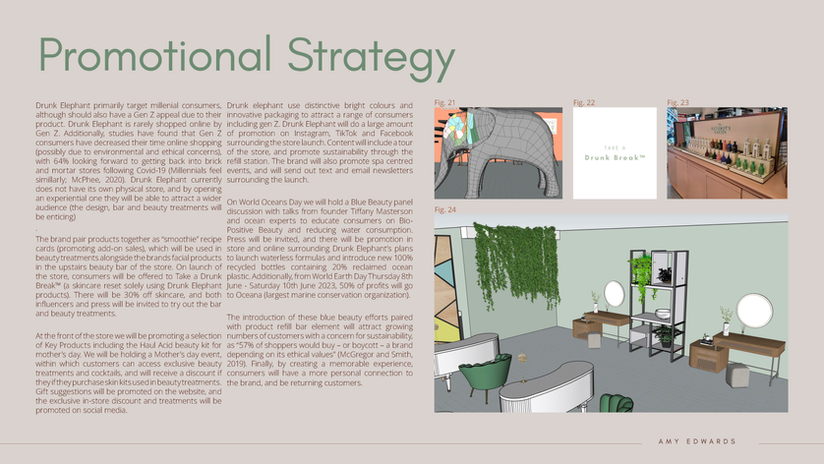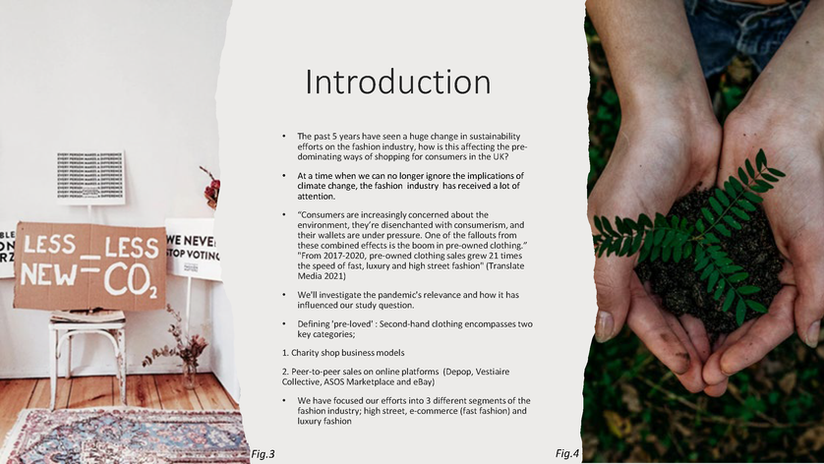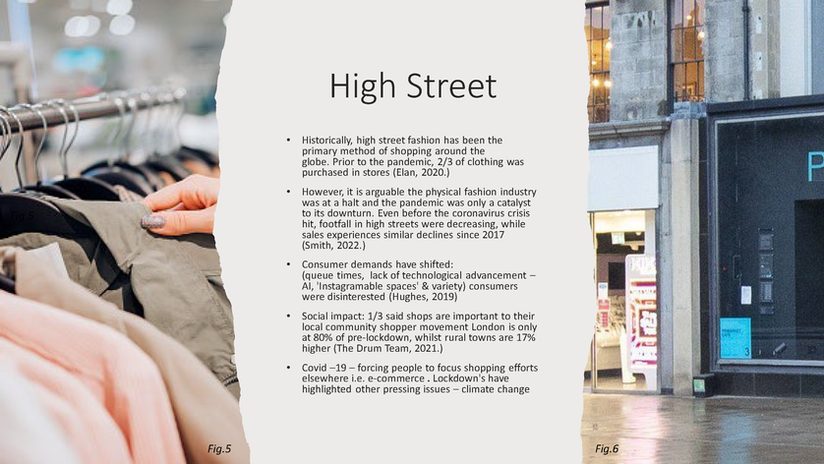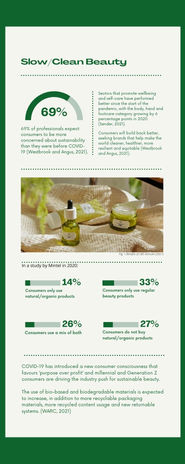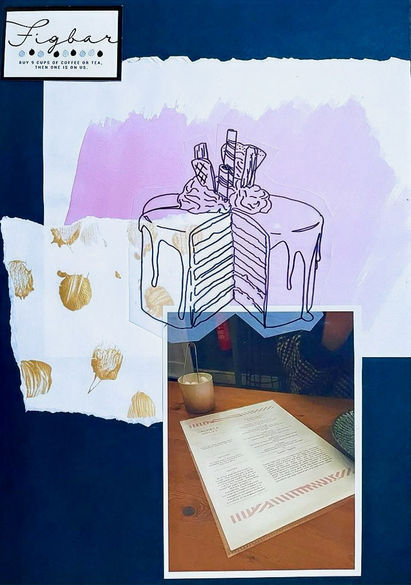Re:GenZ Business Plan (Final Major Project)
49% of Gen Z want to start their own businesses (Owen et al., 2018). Through watching my peers in the business school over the past couple of years I have come to the realisation that as a Gen Z cohort we are very quick to make "sustainable" business plans without doing enough research into the circular fashion economy, and only tackle part of the processes and design thinking required. Existing circular business guides are not explicit enough for fashion start-up businesses to practically execute, and it is hard to stay on top of new government legislation coming in and what eco technology companies are the best to partner with. This gave me the idea to make a regenerative fashion consultancy agency that helps Gen Z led fashion start-ups to navigate the landscape of circularity. Re:GenZ would ensure that its start-ups disrupt the fashion industry and have relationships with leading companies in the circular fashion field, with access to the latest recycling technology.
Creative Business Start Up
As the group leader in this project I conceptualised Realign based on my own experiences with struggling to find information on coming off hormonal contraception. Throughout development we used design thinking methodology and conducted primary research through surveys to check that the concept was viable and met our consumer needs. I created a fully formed website and created some content to market on social media. At the end of the unit we pitched our concept to our "investors." We used lean launch methodology to find product-market fit and made iterations between product and business model canvas.
Final Major Project Research
For the first part of my third year final major project I created a research report to inform my final creative concept. Current legislation put in place by the UK and EU governments isn’t doing enough to stop environmental degradation caused by the fashion industry. I plan to create a theoretical framework of what government legislation and incentives should be going forward, in addition to a guide for all businesses on how they can transition into the circular economy. The world needs education on circular economies; brands must be designing products for disassembly and think about the end life of their products. A lack of investment, research and support from governments has meant that progress has been halted. The report contains quotes from interviews that I conducted with ethical business owners and experts. In my literature review I explored how brands can move into circularity, the negligence of the environment by the government, areas to prioritise in terms of investment and economic benefits of circularity.
Fashion Contemporary Issues
In this project I designed and produced an infographic poster to highlight the limitations of "sustainable" clothing resale as a contemporary issue in the fashion industry. The poster critically assesses how the issue impacts circular fashion business models, while analysing possible solutions that already exist. The infographics consist of primary research that I conducted through surveys. Suggesting that clothing resale is the answer to the climate crisis should also be classed as greenwashing; it is only part of the solution. Investment in material recycling hubs, garment collection, and education of both consumers and big companies will be critical in circular fashion advancement.
Fashion Global Industry & Futures
For one of my third year units, I applied future thinking to the global fashion industry to identify, research and develop a creative concept and delivered a report to translate my creative concept into a feasible business idea. Through internships with ethical fashion businesses, I discovered that most physical stores opened by these companies fail. My concept was to renovate buildings left abandoned following the pandemic and to make them centres where customers could repair clothing that they already own, and a place for local artisans to sell their slow garments with less financial risk. The most significant barrier to circular fashion is a lack of collection and sorting schemes, and these centres would act as regional circular textiles hubs; potentially eradicating the use of virgin resources.
RubyMoon PR Campaign & Social Media Marketing
While at circular, not-for-profit swim and active wear brand RubyMoon, I conceptualised and designed a press release surrounding their research in material innovation, before contacting members of the press. I wrote educational blogs, produced newsletters and co-managed their social media; preloading posts for all platforms on later.com and creating designs in line with the company on Canva. My TikTok campaign significantly increased customer engagement, and I utilised Instagram to highlight important social and environmental issues while promoting other brands, events and influencers associated with RubyMoon; creating new connections. In July I increased site traffic by 41% .
Visual & Promotional Merchandising
As part of a team, I played a major part in the concept and design of a virtual store for Drunk Elephant (set to launch in SS2023 and presented in Google SketchUp as a 3D concept). Our store was based in Barcelona; a fun and vibrant city, which was reflected in our colour choices and design in store. The visual merchandising concept was centred around the idea of creating a Beauty Bar, and features of our store included; a mirrored mosaic elephant statue, a cocktail bar, a spa, and a product refill station where consumers could customise products with flower extracts. When coming up with the concept, I did a lot of research into the Macro & Micro Trend Environment, and during the design process took inspiration from many of WGSN’s Visual Merchandising Trends for 2023 such as Considered Colour, Exuberant Maximalism, Nature-infused, and Nod to Nostalgia.
Behavioural Studies & Consumption
In this unit we explored how perceptions, learning, memory, identity, personality, and culture influence consumer behaviour and how consumption changes by cultural and subcultural influences. I created this presentation as part of a small group, within which we applied our understanding of the theories to practical scenarios in the creative industries. We created the question "How Has the Consumption of Pre-owned Fashion Impacted Purchasing Patterns in the UK Over the Past 5 Years?" and more specifically researched the effects of pre-owned fashion consumption on the high street, e-commerce (fast fashion), and luxury in the UK (while referencing the effects of the pandemic).
PR Campaign Strategy
In this second year project I used core PR theory to develop a coherent campaign strategy for sustainable lingerie brand Dora Larsen with a highly repeatable message designed to reach their consumers through social media marketing. I researched Dora Larsen's target market and consumers, then planned a media event for their physical concession launch. I wrote a press release and created a promotional campaign to be carried out using my social media plan.
Understanding Trends & Forecasting Unit
For one of my final projects in my first year of uni I researched and developed a forecast to map the structure of the Restore trend (as predicted for 2022 by Unique Style Platform), and looked at how society would experience the trend in order to inform The Body Shop on how to respond to changing consumer demands. I created a trend manifestation graph in order to create an appropriate concept for a product rebrand, and created a trend briefing and infographic.
Fashion Business & Practices
In this project I used the fundamental principles of fashion business and practices to evaluate and consider trends and developmental opportunities for sustainable fashion brand House of Sunny. I developed a material sourcing strategy for a range of beachwear including bikinis, mesh cover ups, and oversized shirts. I made decisions on production and suppliers, and wrote both the CSR and sustainability report.
Educational Editorial Instagram Posts
On my professional Instagram page focused on sustainability I created content about sustainable materials and clothing lines (from mainstream/fast brands), trending sustainable fashion brands, and greenwashing within the sustainable fashion industry. My aim is to educate others on ethical and sustainable practices within the fashion industry, greenwashing, and changing the way that we consume.








Website Design
RHS Chelsea award-winning bronze sculpture artist David Meredith approached me to set up the e-commerce side of his business. I chose a suitable e-commerce platform, linked multiple website domains, and designed his Homepage and collection layouts. This included a product shoot and image edit and upload. I created product listings with appropriate tags and description, and connected David’s social media.
A-Level Product Design Final Submission
For my final project at product design A-level, I designed and manufactured an art deco inspired desk. Components of the desk included laser cut embellishments that I designed on 2D design, and velvet door that I had printed from a design that I created on Adobe Photoshop of a 1920's flapper girl.
GCSE Fine Art
I have attached pages from my GCSE sketchbook that include artist studies and transcriptions, fashion drawings, and menus that I designed for both a bakery and a bubble tea shop in Norwich. The menu that I designed for Figbar was developed from a hand drawn illustration, painted elements and then edited on Adobe photoshop. The illustration on the Chatime menu was created using water colour markers, and multimedia components such as tissue paper that I stained with ink.























































